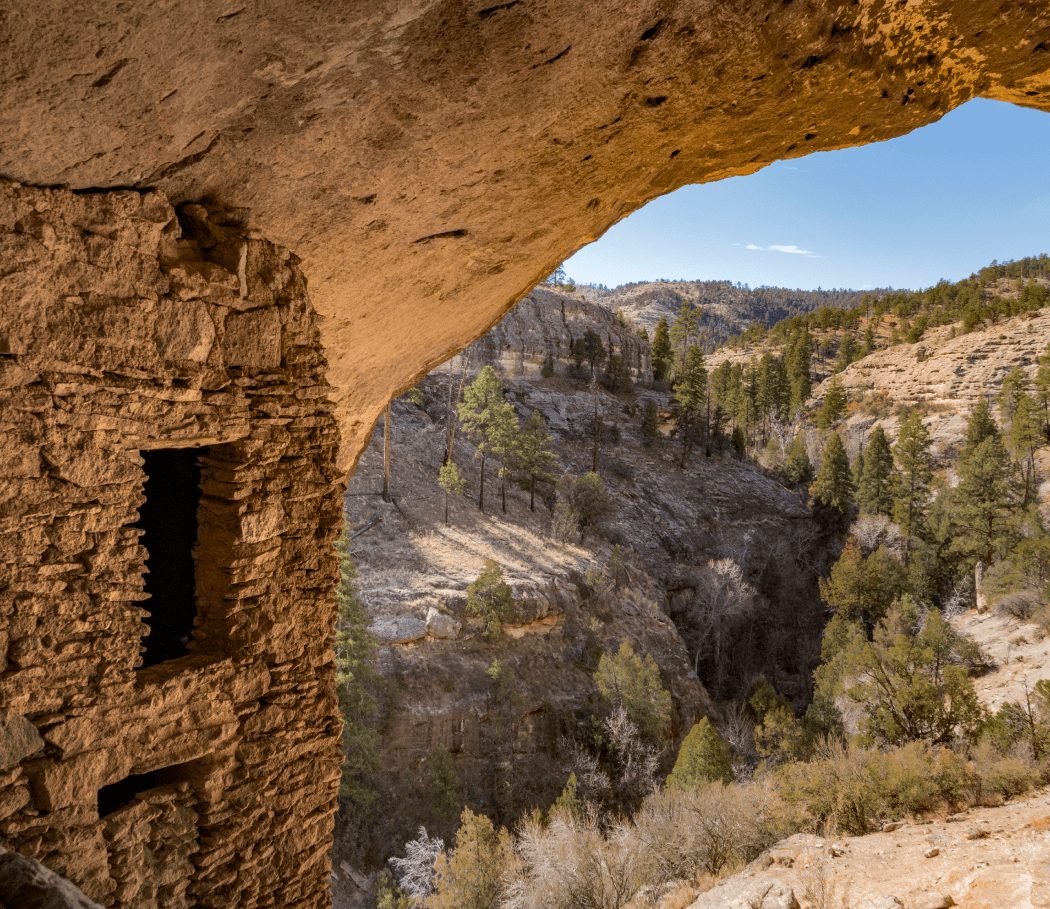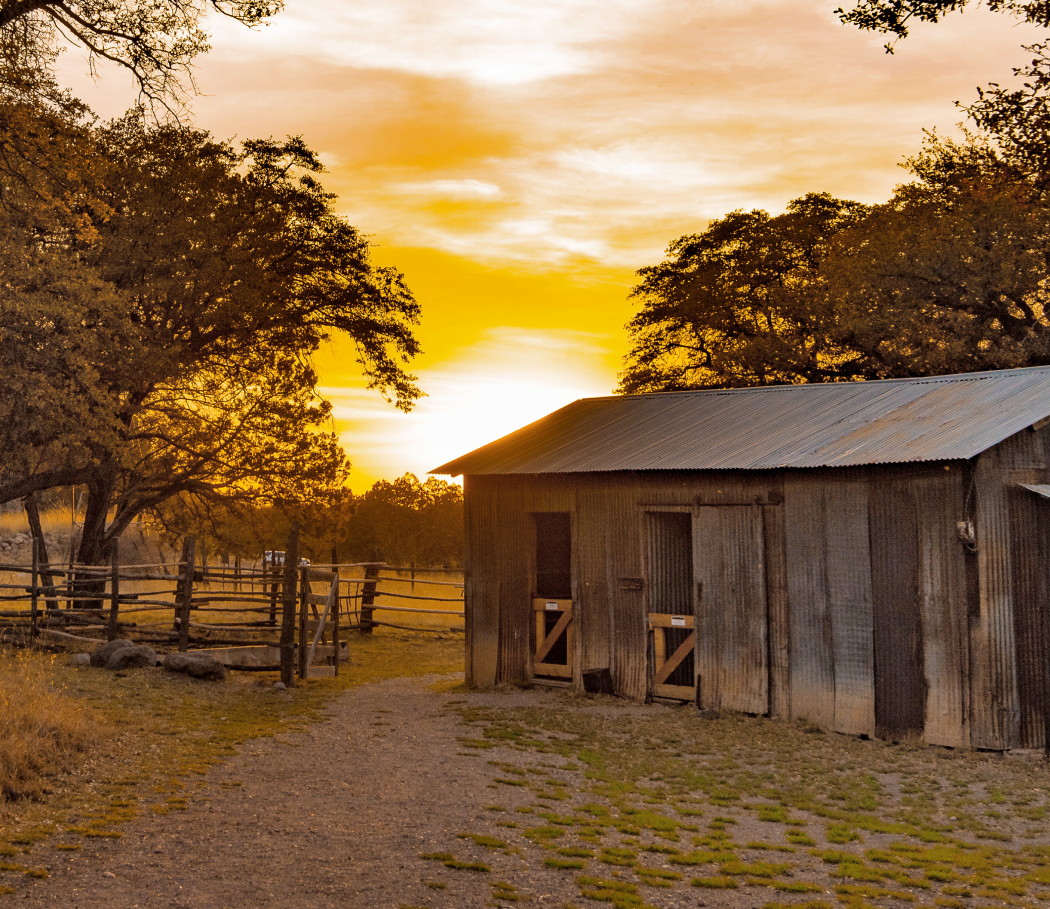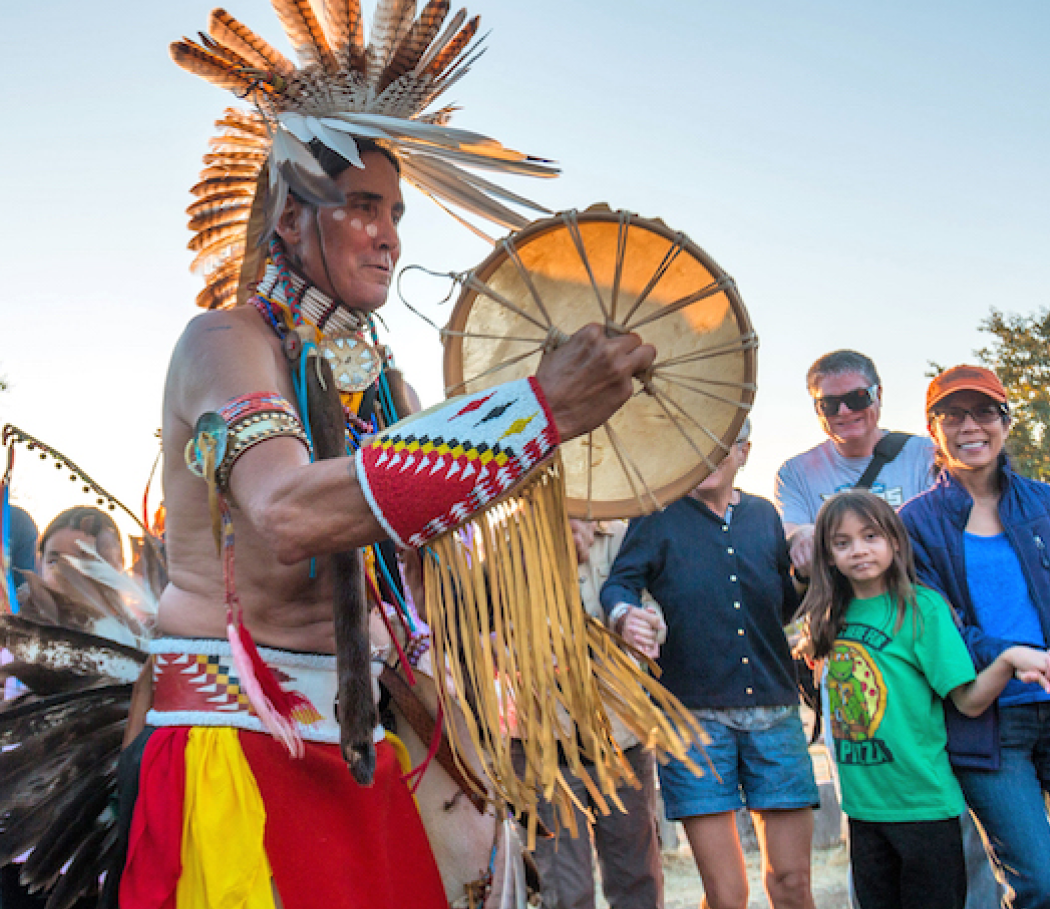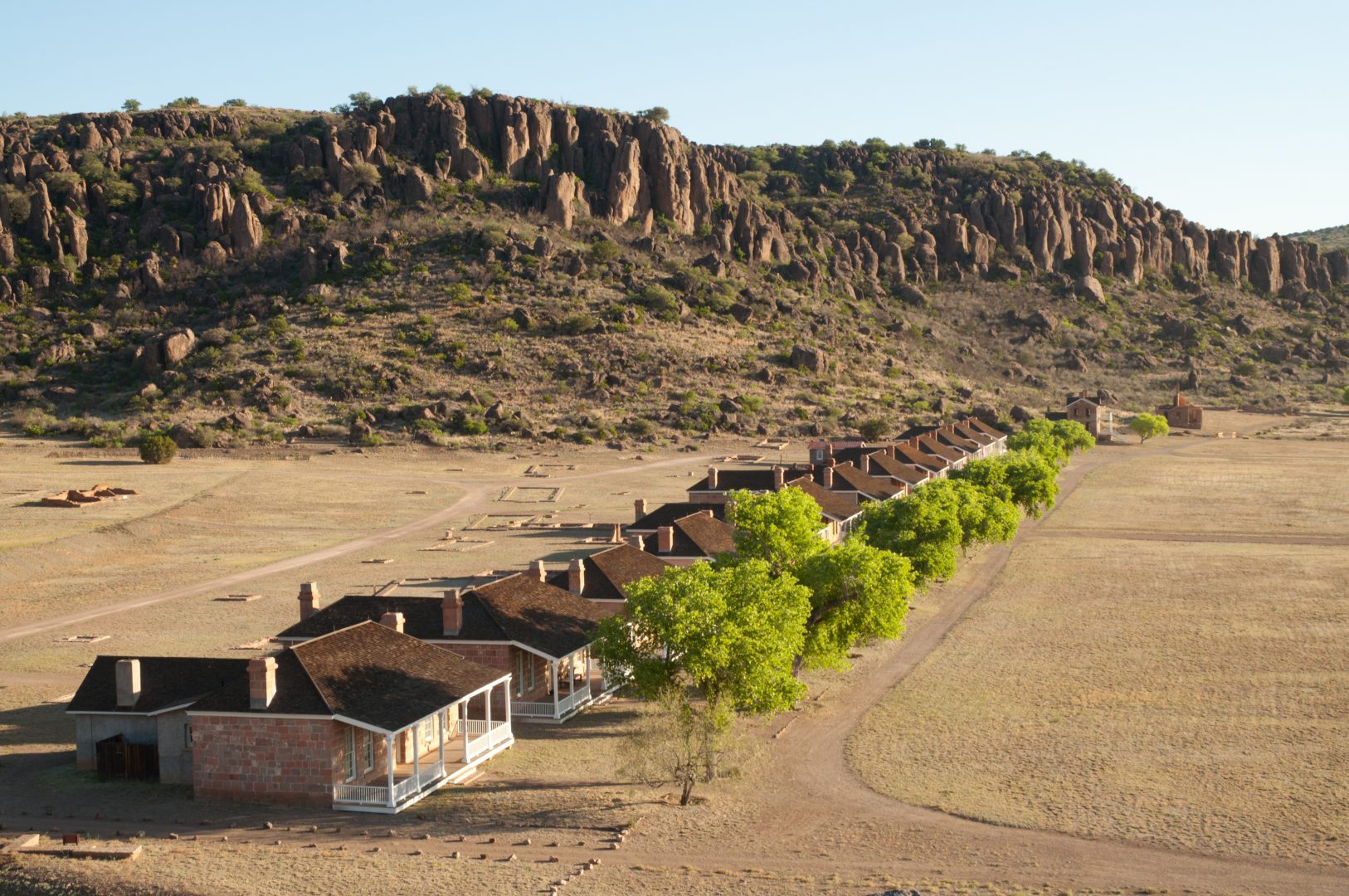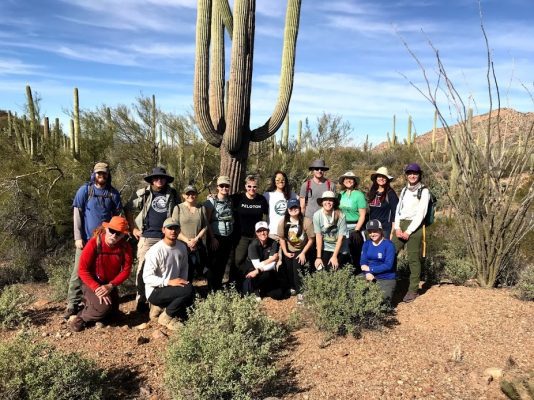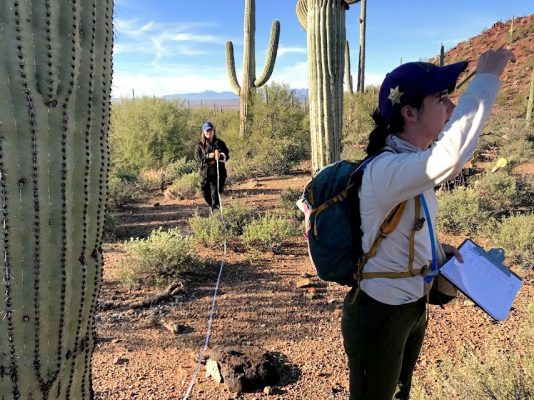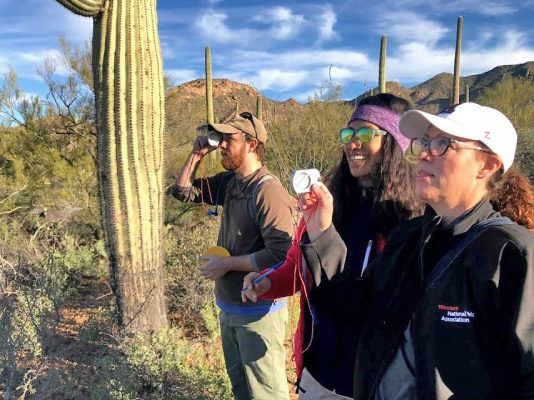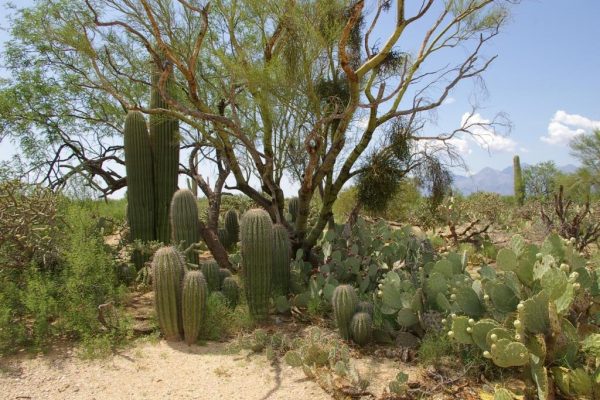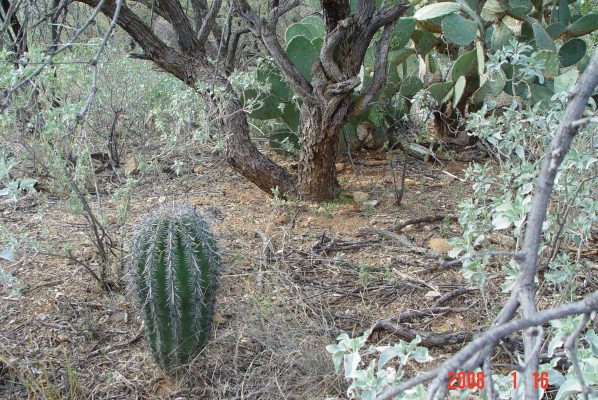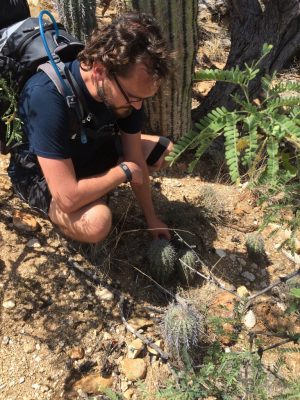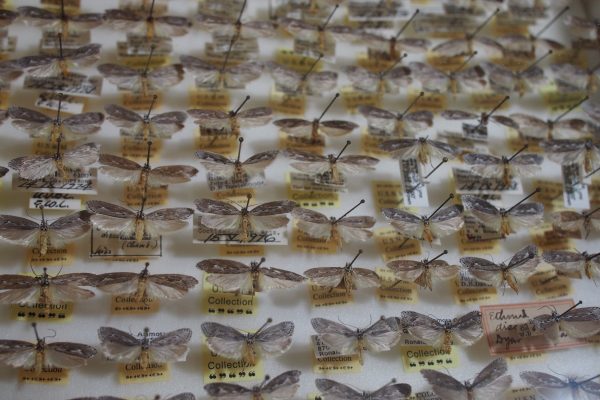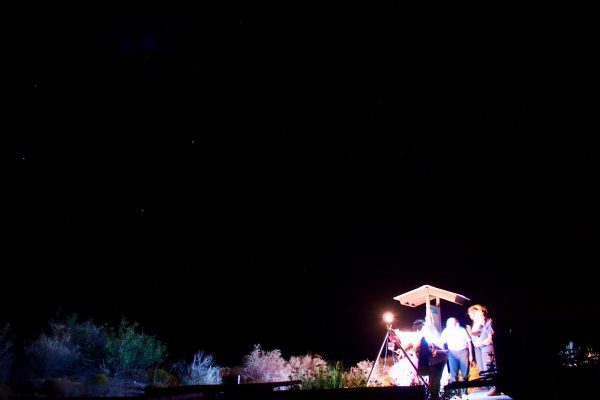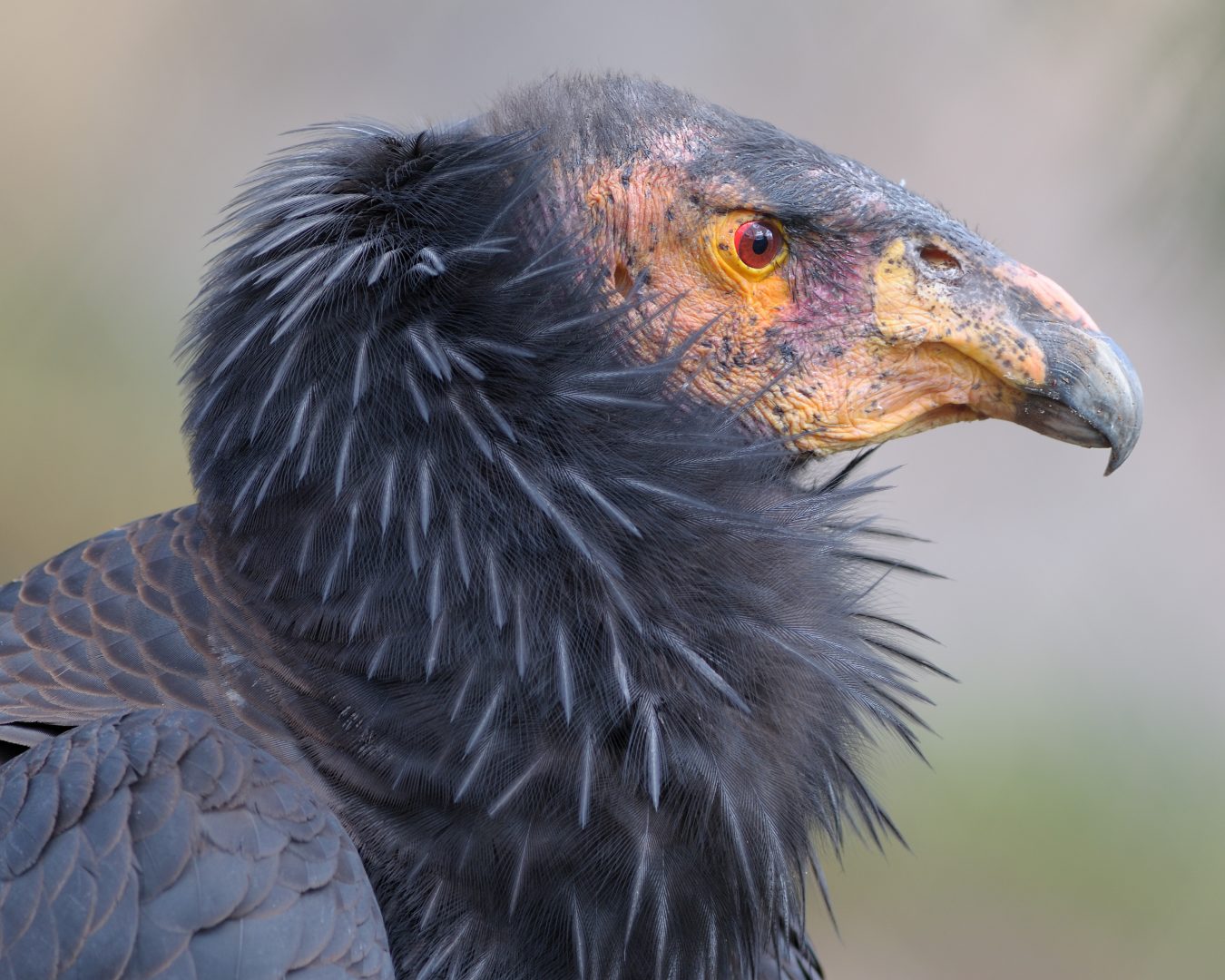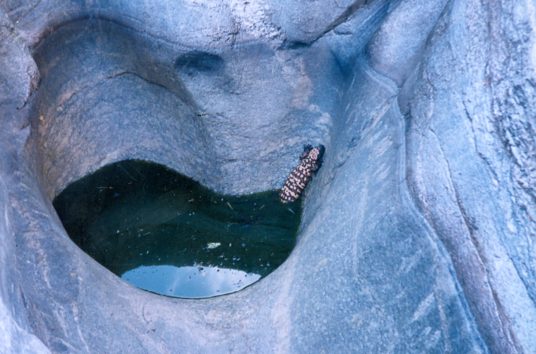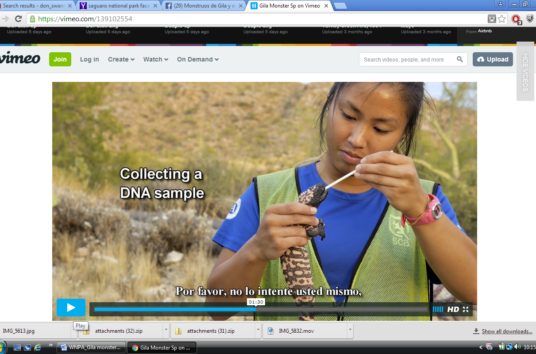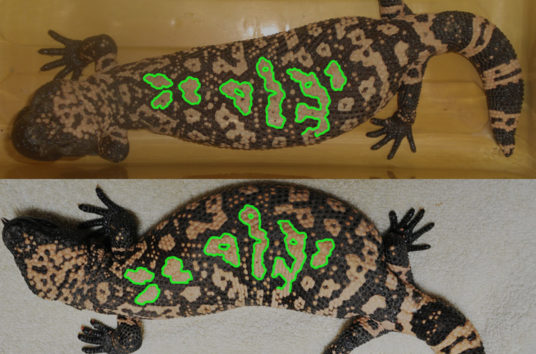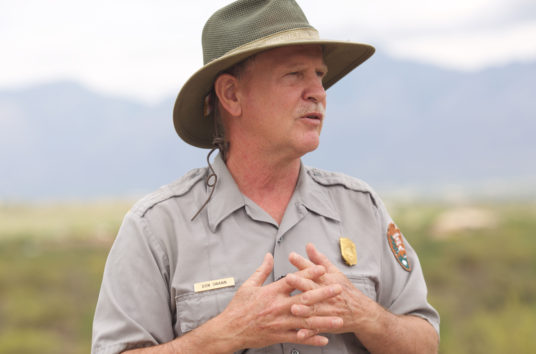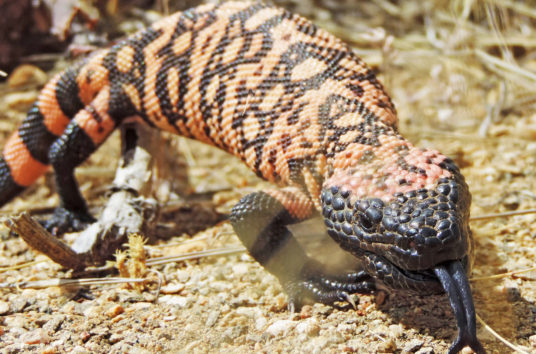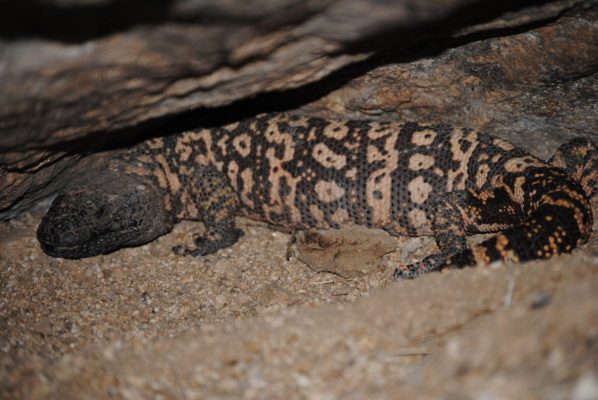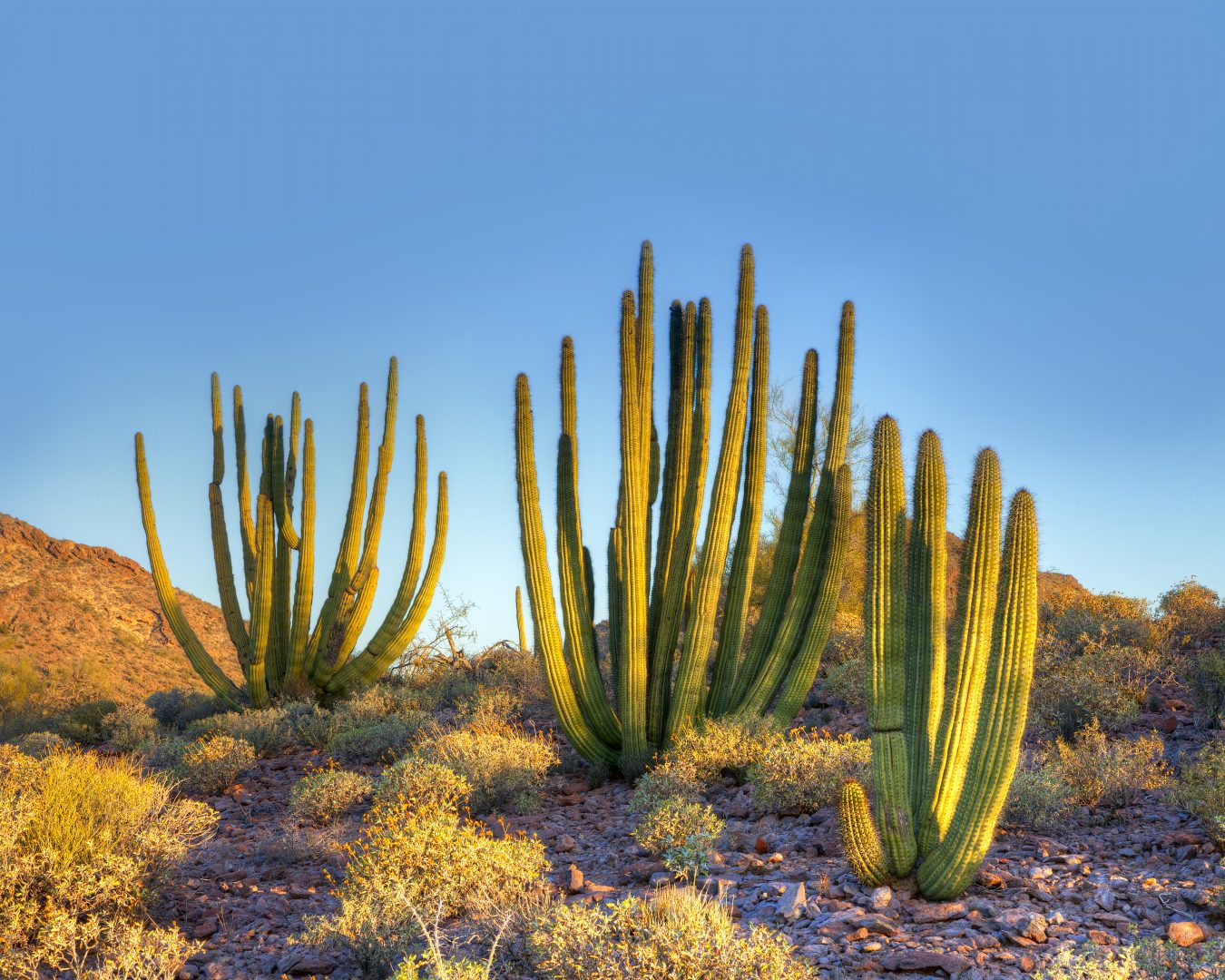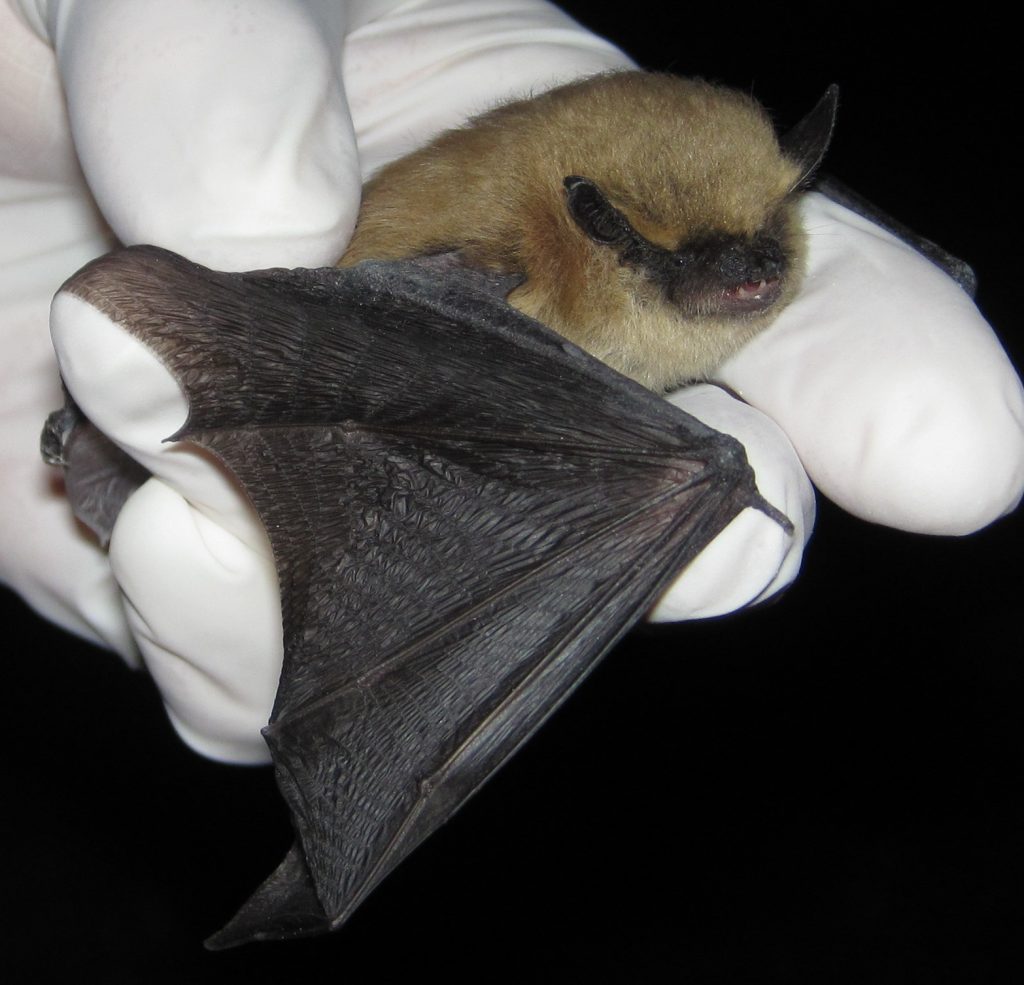November is Native American Heritage Month, a time devoted to celebrating the traditions, cultures, and contributions of Native Americans. NPS joins the Library of Congress, the National Archives and Records Administration, the National Endowment for the Humanities, the National Gallery of Art, the Smithsonian Institution, and the United States Holocaust Memorial Museum each year to hold events, lectures, concerts, webinars, and more, all honoring Native Americans. WNPA applauds this initiative and takes part by bringing attention to Native American events throughout the year.

Code Talkers
Thousands of brave Native American men and women have served this country: more than 12,000 in World War I (when Native Americans were still not considered US citizens), an estimated 44,000 in World War II, an estimated 10,000 in the Korean War, and more than 42,000 during the Vietnam War. What many don’t know is how vital Native Americans were to our communication during these wars.
Code Talkers were first used in WWI, when Choctaw soldiers transmitted messages in their native language, making them indecipherable to the Germans. Later, as WWII escalated, Native Americans from 16 tribes were recruited to become Code Talkers. These Code Talkers transmitted crucial battlefield communications in their native language (a Type Two Code) or in a special word-to-letter code (a Type One Code). Navajo was the primary code language, with over 400 Navajo men serving as Code Talkers. Navajo has very complex grammar and was almost never spoken by nonnatives; it is estimated that, when WWII began, fewer than 30 non-Navajo could understand it. Further encoding this language by establishing the Type One word-to-letter system (the Navajo word for “cat” meant C, the word for “dog” meant D, and so on) made it incredibly secure. The Navajo Type One Code is the most well-known, but Comanches, Hopis, and Meskwakis also made their own Type One Codes for their languages.
The Code Talker program came to an end during the Vietnam War. The program was kept highly secret. It was not until 1968 that its existence became declassified information. Years later, in 2000, the United States passed legislation to award Navajo Code Talkers the Congressional Gold Medal. In 2008, the Code Talkers Recognition Act of 2008 was signed into law, honoring all Native Americans who served as Code Talkers in WWI and WWII.
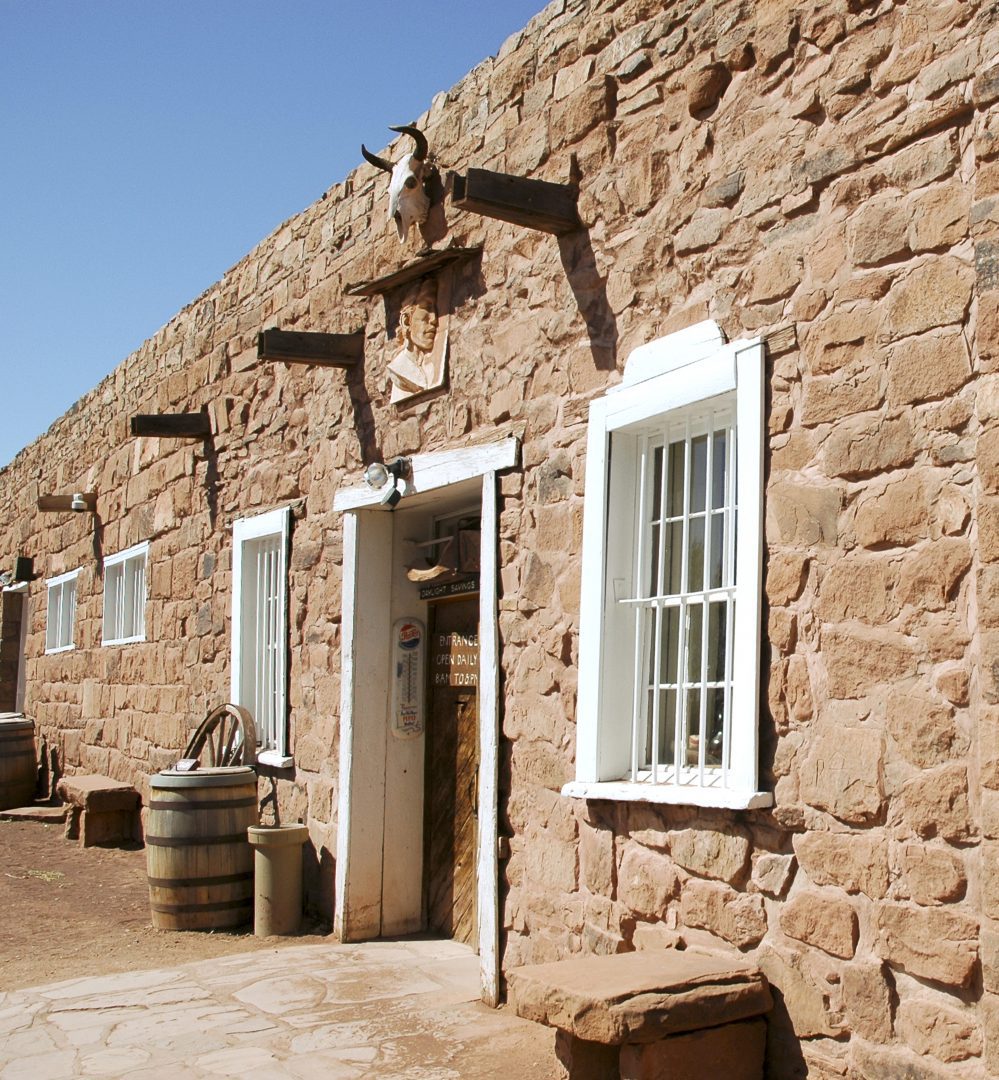
Focus on Hubbell Trading Post
Hubbell Trading Post National Historic Site, a living trading post in Ganado, Arizona, is a unique place. First purchased by John Lorenzo Hubbell in 1878, Hubbell Trading Post is the oldest continuously operating trading post in the American Southwest, with groceries, dry goods, and handwoven Navajo rugs for sale.
Trade was a very important part of Navajo life in the late 1800s. In 1864 “the Long Walk of the Navajo” began, with thousands of Navajo forced to walk more than 300 miles from their traditional lands to an internment camp called Bosque Redondo near Fort Sumner, New Mexico. The 40-square-mile camp was overcrowded; as many as 10,000 men, women, and children were held there, and conditions were exceedingly poor. During the four years the Navajo were held at Bosque Redondo, thousands died from diseases, starvation, and exposure to the elements.
The Navajo Treaty was signed on June 1, 1868, allowing the Navajo to return to a portion of their land. On June 18, 1868, the Navajo began their walk home. Upon their arrival, they found their way of life destroyed: their cattle dead, their fields decimated. Trade with men such as John Lorenzo Hubbell was one of the only ways to survive.
The Hubbell family continued to run the post until the 1960s, and the act designating it as a National Park Site was signed into law in 1965.
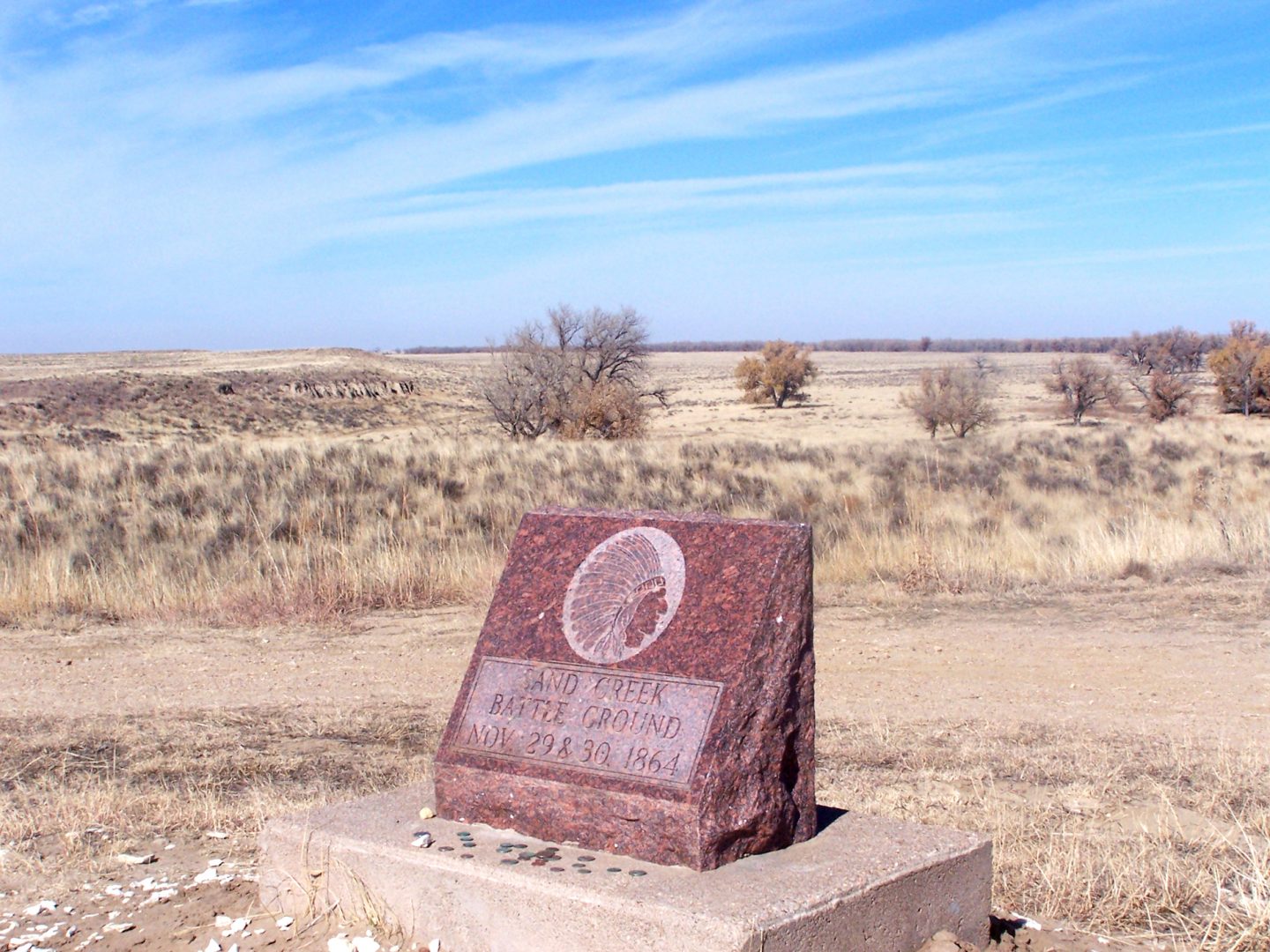
Sand Creek Massacre
The Sand Creek Massacre is a tragic stain on the country’s history, but one that should not be ignored. On November 29, 1864, 675 men of the Colorado US Volunteer Cavalry led by US Army Colonel John Chivington attacked an encampment of Cheyenne and Arapaho, slaughtering many of the men, women, and children there. Well over half of the approximately 230 killed were women and children. The site of this attack is now Sand Creek Massacre National Historic Site.
Black Kettle, the most prominent Cheyenne leader in the village, had advocated for peace treaties in the past. It is said he raised the American flag and a white flag over the encampment as soldiers attacked, but this call for peace was ignored. Black Kettle escaped the massacre, but many other chiefs and the majority of Black Kettle’s people did not. George Bent, a surviving member of Black Kettle’s clan, said, “Black Kettle’s band, the clan he was in charge of, ‘Wu-ta-pi-u,’ were nearly all killed at Chivington’s Massacre at Sand Creek in 1864. Only few men were left.”
Black Kettle continued to push for peace, signing the Little Arkansas Treaty in 1865 and the Medicine Lodge Treaty in 1867. He was shot and killed by US soldiers led by Lieutenant Colonel George A. Custer in the Battle of the Washita on November 27, 1868, almost four years to the day after the Sand Creek Massacre. The site of the Battle of the Washita, Washita Battlefield National Historic Site, is also an NPS park.
Both of these parks are deeply important sites which hold our nation accountable for past transgressions against Native Americans. “Not all of our country’s past has been virtuous,” said Sand Creek’s acting chief of interpretation, Rick Wallner. “We must remember the times we have acted contrary to our national ideals of ‘life, liberty and the pursuit of happiness.’ The enabling legislation for Sand Creek Massacre National Historic Site even states one of the purposes of the site is to ‘assist in minimizing the chances of similar incidents in the future.’ At Sand Creek, visitors can reflect on this tragic event and join in the hope such an incident never happens again.”
